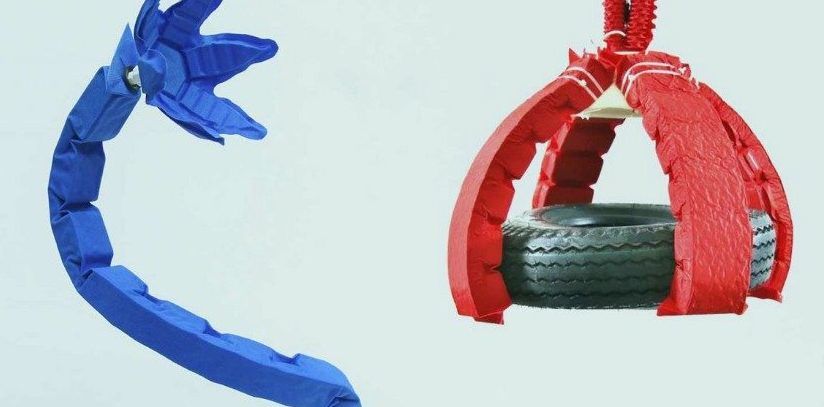Scientists have created an artificial muscle that can lift up to 1,000 times its own weight. The inspiration behind their invention? Japanese origami. The scientists from MIT’s Computer Science and Artificial Intelligence Laboratory (CSAIL) and Harvard’s Wyss Institute have created rigid origami skeletons for soft robots, enabling them to display extraordinary strength while maintaining precise movements and dexterity.
“Artificial muscles are flexible actuators with capabilities similar to, or even beyond, natural muscles. They have been widely used in many applications as alternatives to more traditional rigid electromagnetic motors,” the scientists wrote in the Proceedings of the National Academy of Sciences. “Here we propose an architecture for fluid-driven origami-inspired artificial muscles. This concept requires only a compressible skeleton, a flexible skin, and a fluid medium.”
Soft robots are strong and easy to control but typically cannot lift very heavy items.
“Soft robots have so much potential, but up until now, one of the limitations has been payloads,” Daniela Rus, director of CSAIL and one of the study’s senior authors, told The Verge. “[They’re] very safe, very gentle, but not good for lifting heavy objects. This new approach allows us to make strong and soft robots.”
Potential uses for this new technology include the development of tiny surgical devices, expandable space habitats on Mars, and exploration apparatuses for the ocean – reports the Independent. They can be used in warehouses and for logistics operations and will have the ability to move fragile items such as fruit.
Rus noted: “I started working with origami many years ago because I was interested in making modular robots that have programmable properties.”
And these robots’ muscles can be rearranged so they can lift, push, and pull.
“We’ve shown a combination of four muscles that form an arm with a gripper that can pick up a tire,” says Rus. “If we put a joint there and added another arm, which is quite easily done, we would be able to not just lift up the tire, but move it and place it anywhere.”
“Artificial muscle-like actuators are one of the most important grand challenges in all the engineering,” explained co-author Rob Wood, professor of engineering and applied sciences at Harvard. “Now that we have created actuators with properties similar to natural muscle, we can imagine building almost any robot for almost any task.”


